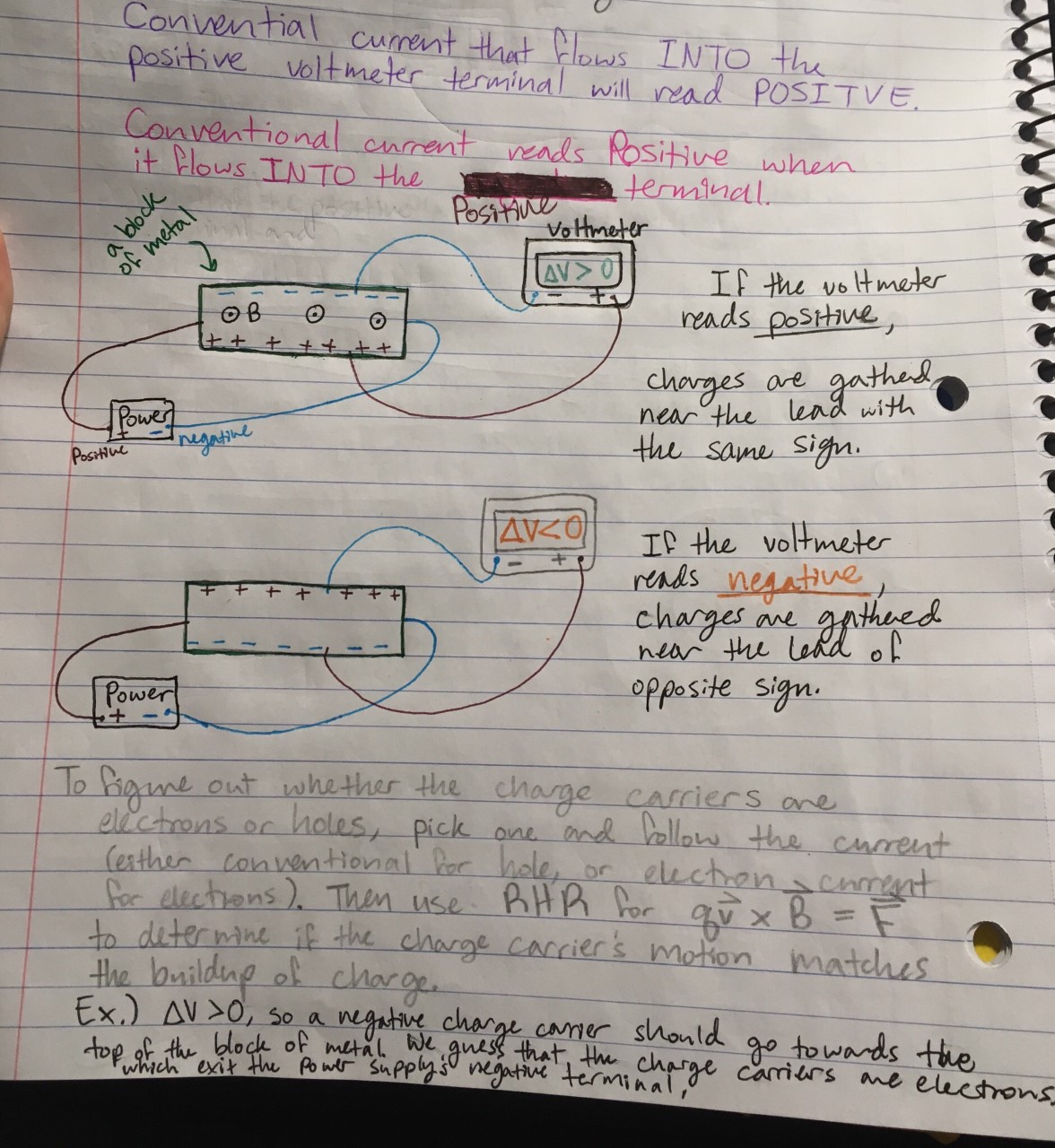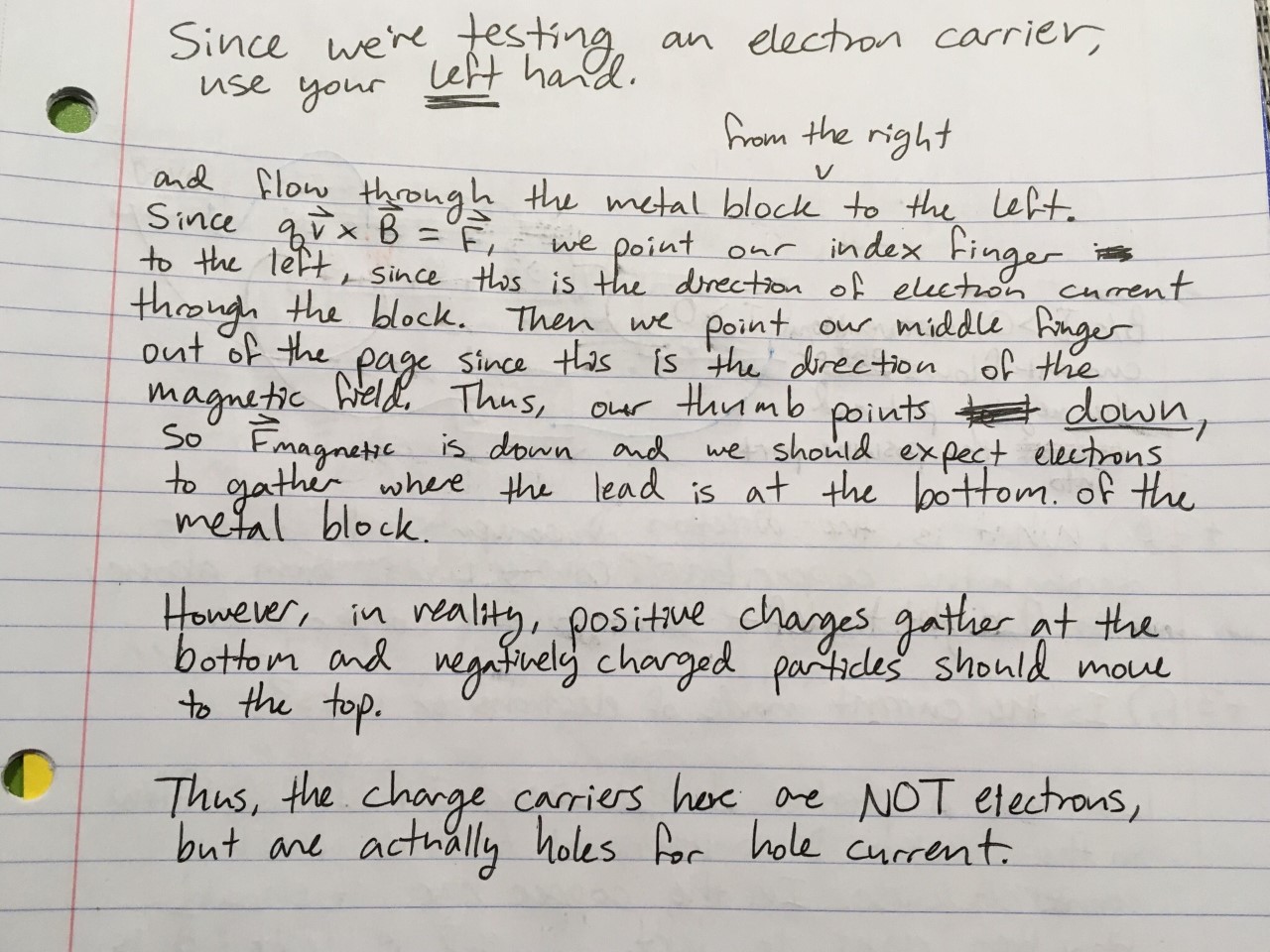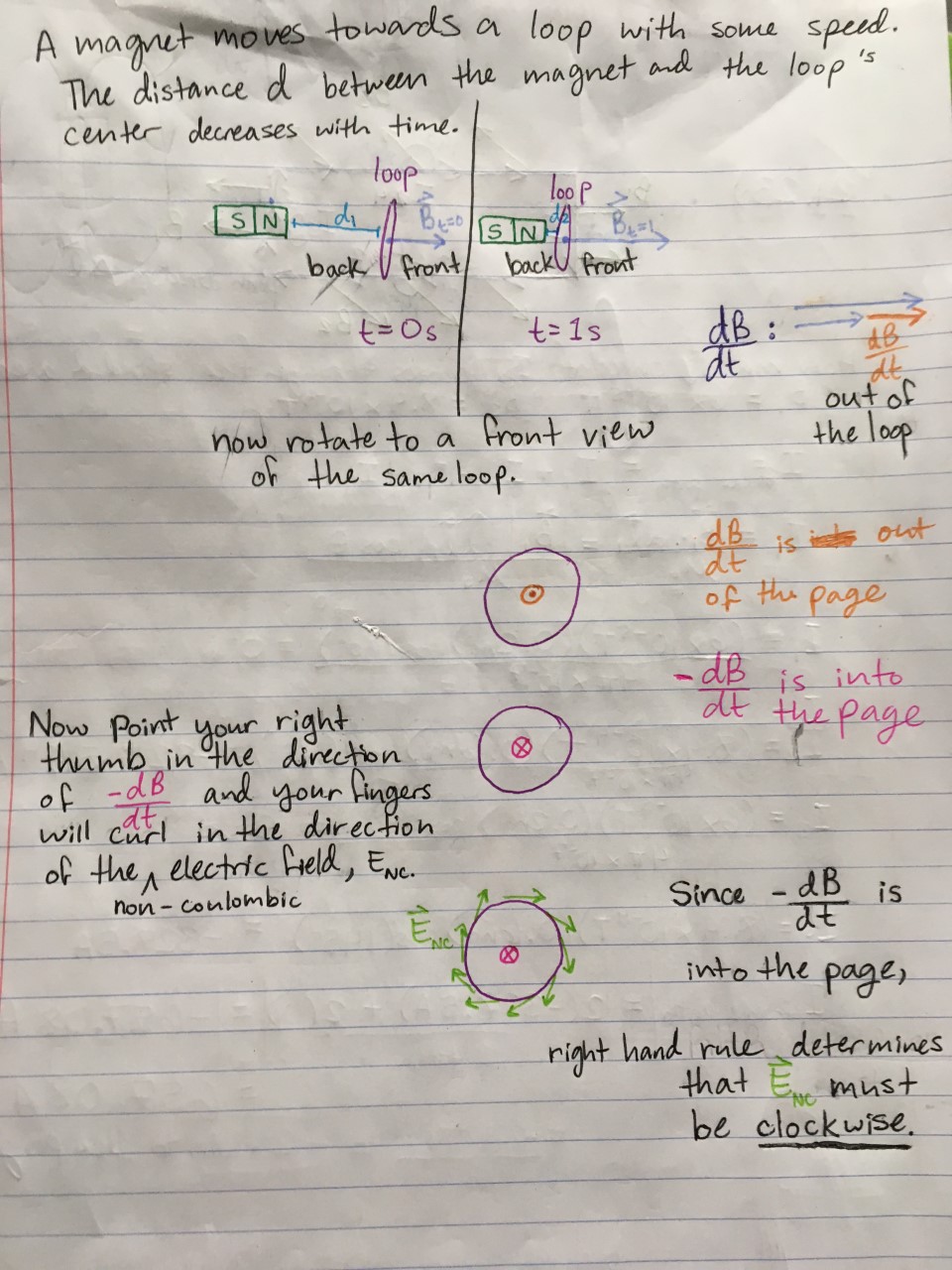Main Page
Georgia Tech Student Wiki for Introductory Physics.
This resource was created so that students can contribute and curate content to help those with limited or no access to a textbook. When reading this website, please correct any errors you may come across. If you read something that isn't clear, please consider revising it for future students!
Looking to make a contribution?
- Pick one of the topics from intro physics listed below
- Add content to that topic or improve the quality of what is already there.
- Need to make a new topic? Edit this page and add it to the list under the appropriate category. Then copy and paste the default Template into your new page and start editing.
Please remember that this is not a textbook and you are not limited to expressing your ideas with only text and equations. Whenever possible embed: pictures, videos, diagrams, simulations, computational models (e.g. Glowscript), and whatever content you think makes learning physics easier for other students.
Source Material
All of the content added to this resource must be in the public domain or similar free resource. If you are unsure about a source, contact the original author for permission. That said, there is a surprisingly large amount of introductory physics content scattered across the web. Here is an incomplete list of intro physics resources (please update as needed).
- A physics resource written by experts for an expert audience Physics Portal
- A wiki written for students by a physics expert MSU Physics Wiki
- A wiki book on modern physics Modern Physics Wiki
- The MIT open courseware for intro physics MITOCW Wiki
- An online concept map of intro physics HyperPhysics
- Interactive physics simulations PhET
- OpenStax intro physics textbooks: Vol1, Vol2, Vol3
- The Open Source Physics project is a collection of online physics resources OSP
- A resource guide compiled by the AAPT for educators ComPADRE
- The Feynman lectures on physics are free to read Feynman
- Final Study Guide for Modern Physics II created by a lab TA Modern Physics II Final Study Guide
Resources
- Commonly used wiki commands Wiki Cheatsheet
- A guide to representing equations in math mode Wiki Math Mode
- A page to keep track of all the physics Constants
- A listing of Notable Scientist with links to their individual pages
Physics 1
Week 1
GlowScript 101
VPython
Interactions
Velocity and Momentum
Week 2
Momentum and the Momentum Principle
Iterative Prediction with a Constant Force
Week 3
Analytic Prediction with a Constant Force
Iterative Prediction with a Varying Force
Week 4
Fundamental Interactions
Week 5
Properties of Matter
Week 6
Identifying Forces
Week 7
Energy Principle
Week 8
Work by Non-Constant Forces
Potential Energy
Week 9
Multiparticle Systems
Week 10
Choice of System
Thermal Energy, Dissipation, and Transfer of Energy
Rotational and Vibrational Energy
Week 11
Different Models of a System
Friction
Week 12
Conservation of Momentum
Collisions
Week 13
Rotations
Angular Momentum
Week 14
Analyzing Motion with and without Torque
Week 15
Introduction to Quantum Concepts
Physics 2
Week 1
3D Vectors
Electric field
Electric force
Electric field of a point particle
Superposition
Dipoles
Week 2
Interactions of charged objects
Tape experiments
Polarization
Week 3
Conductors and Insulators
Charging and Discharging
Week 4
Field of a charged rod
Field of a charged ring/disk/capacitor
Field of a charged sphere
Week 5
Potential energy
Electric potential
Sign of a potential difference
Potential at a single location
Path independence and round trip potential
Week 6
Electric field and potential in an insulator
Moving charges in a magnetic field
Biot-Savart Law
Moving charges, electron current, and conventional current
Week 7
Magnetic field of a wire
Magnetic field of a current-carrying loop
Magnetic field of a Charged Disk
Magnetic dipoles
Atomic structure of magnets
Week 8
Steady state current
Kirchoff's Laws
Electric fields and energy in circuits
Macroscopic analysis of circuits
Week 9
Electric field and potential in circuits with capacitors
Magnetic forces on charges and currents
Electric and magnetic forces
Velocity selector
Week 10
Hall Effect
]]]====Motional EMF====
If you have a bar attached to two rails, and the rails are connected by a resistor, you have effectively created a circuit. As the bar moves, it creates an "electromotive force"
Magnetic force
Magnetic torque
Week 12
Gauss's Law
Ampere's Law
Week 13
Semiconductors
Faraday's Law
Maxwell's equations
Week 14
Circuits revisited
Week 15
Electromagnetic Radiation
Sparks in the air
Superconductors
Physics 3
Week 1
Classical Physics
Connectedness
This topic explained difference between classical and modern physics
- How is this topic connected to something that you are interested in?
- How is it connected to your major?
- Is there an interesting industrial application?
History
Classical Physics predates 1900 physics theories that help us understand phenomena around us, all thanks to works of Sir Isaac Newton, Galileo Galilei, and James Maxwell just to name a few. From their observations and research, we have a better understanding of how and why things operate the way they do around us that led to technological advances that we enjoy today in making a way of life easier.
Without any fancy and high-tech equipment, these scientists use simple observations and equipment to build the foundation of physics as we know it today that has been proven over hundreds of years to still be valid. From Newton’s law that force is equal to mass times acceleration to Maxwell’s equation for electromagnetism. Without their contributions our world today would look a lot different.
See also
For further exploration, see related topics in classical mechanics, electromagnetism, and thermodynamics. These topics are what make up the theories of classical physics.
Further reading
Jefimenko, O. (1989). Electricity and Magnetism. An Introduction to the Theory of Electric and Magnetic Fields (2nd ed.). Electret Scientific. ISBN 978-0917406089. Jefimenko, Oleg D.; Major, Schwab S. (November 1967). "Electricity and Magnetism". American Journal of Physics. 35 (11): 1100–1101. Bibcode:1967AmJPh..35.1100J. doi:10.1119/1.1973766. hdl:10821/2745. ISSN 0002-9505.
Morin, David (2005). Introduction to Classical Mechanics: With Problems and Solutions. Cambridge University Press. ISBN 9780521876223.
Taylor, John (2005). Classical Mechanics. University Science Books. ISBN 189138922X.
Van Ness, H. C. (1983). Understanding Thermodynamics. Dover Publications. ISBN 978-0486632773.
External links
https://kids.kiddle.co/Classical_physics
References
1. Harris, Randy. Modern Physics. San Francisco, CA: Pearson 2008. Print.
2. Kleppner, Daniel, and Kolenkow, Robert. An Introduction to Mechanics. Cambridge University Press 2010. Print.


